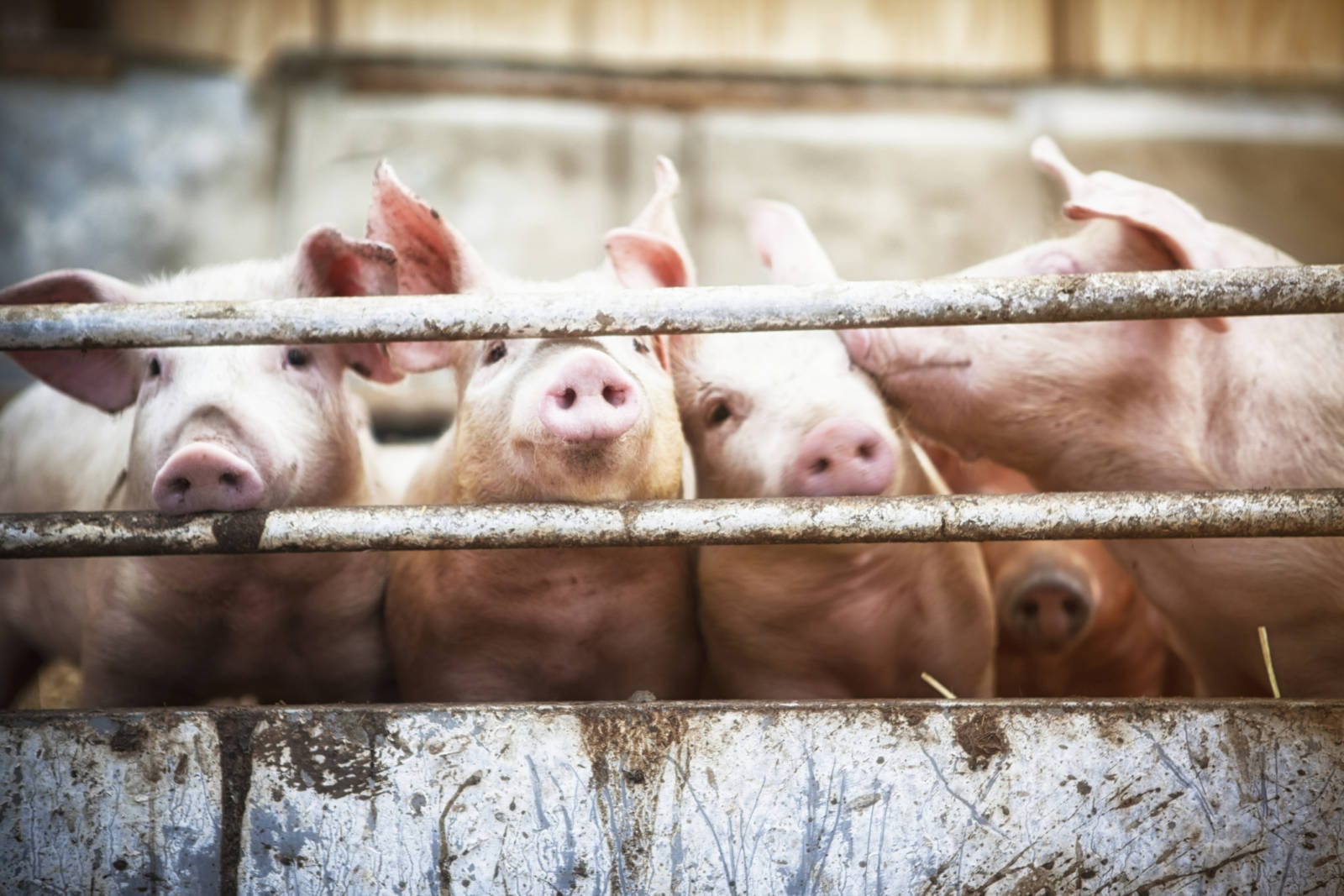U.S. Soy’s many benefits, including amino acid digestibility and concentration, make it a consistent choice for formulators of animal feed, especially swine diets. However, soy could have more benefits to discover. Researchers from the University of Illinois are studying how new regulations are changing what we know about animal diets and how soybeans can improve them.
By: Lauren Quinn, University of Illinois College of ACES
Swine diets are carefully formulated to provide the perfect balance of protein, carbohydrates, vitamins, minerals and fats. But what if those diets also provided health-promoting bioactive compounds that could make animals more resilient to disease? Phys.org shared an article from the University of Illinois that notes soy-derived compounds may be doing just that.
Feeding soybean meal as part of pig diets is nothing new. In fact, the ingredient may have been quietly promoting the growth and health of pigs all along, but its effects may have been masked by the routine use of in-feed antibiotics. With the advent of the U.S. Veterinary Feed Directive, which mandates more judicious use of in-feed antibiotics, producers are wondering what alternatives are out there.
“From previous research, we knew feeding a pig soybeans gave them a leg up when it came to fighting the porcine reproductive and respiratory syndrome virus (PRRSV), but we didn’t know what component of the soybean was causing this effect,”says Ryan Dilger, associate professor in the Department of Animal Sciences, Division of Nutritional Sciences and Neuroscience Program at University of Illinois, and co-author of the article. “From the human perspective, we knew isoflavones have anti-viral activity. We wanted to know if the same applies to pigs.”
Previous research shows soy isoflavones and saponins have anti-viral, anti-inflammatory and anti-oxidant effects on a cellular level. They also promote growth and help pigs return to health faster after PRRSV infection. But the existing studies were either done in a laboratory or in a highly controlled setting over a short period. So, it’s difficult to say what effect the compounds might have in a realistic production setting, with the stress of weaning, group housing and other real-world factors.
Brooke Smith, the lead author of the article and graduate researcher in the Veterinary Medical Scholars Program, is poised to launch a long-term study set in a full-production context, to isolate the effects of isoflavones on pigs infected with the PRRS virus. The results of the study are not yet complete, but Dilger and Smith are optimistic about the potential of soy-derived isoflavones and saponins as growth and health promoters in the industry. They suggest there could be a future in which pigs are fed a greater proportion of soybean meal or other specialized soy products at an earlier stage after weaning.
